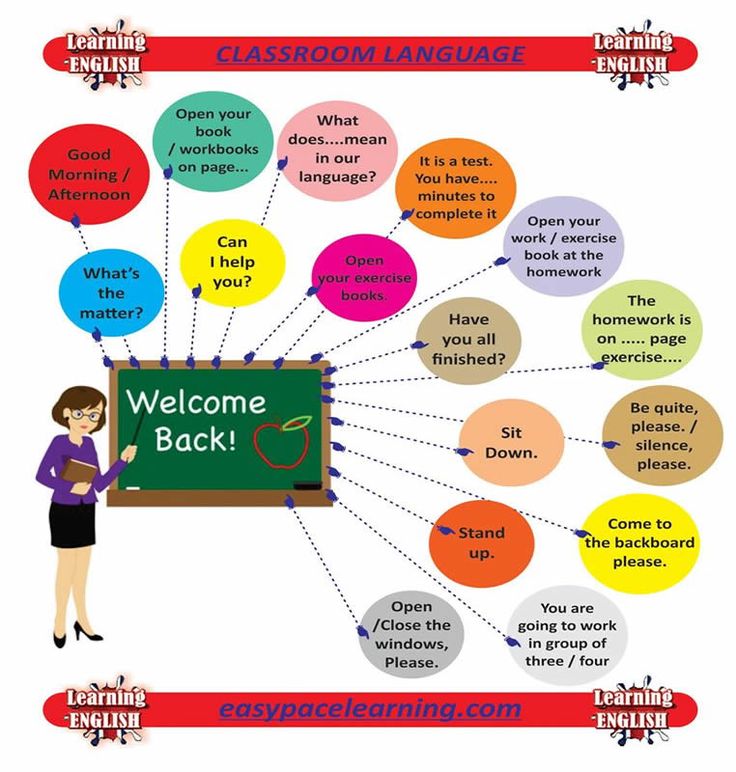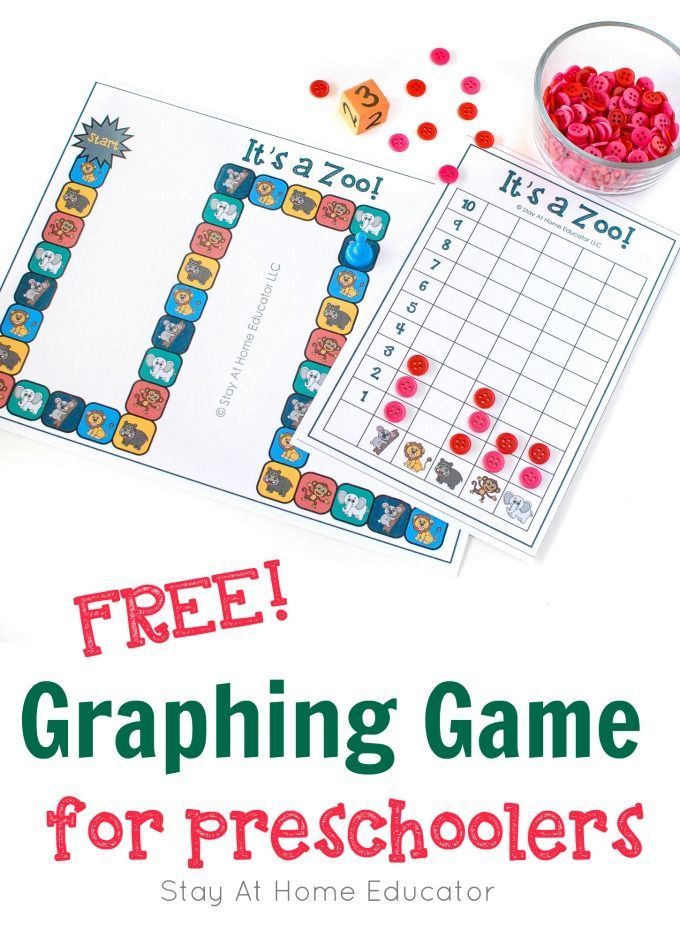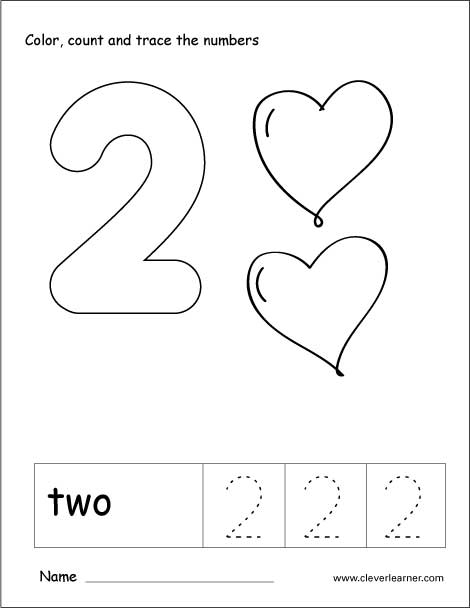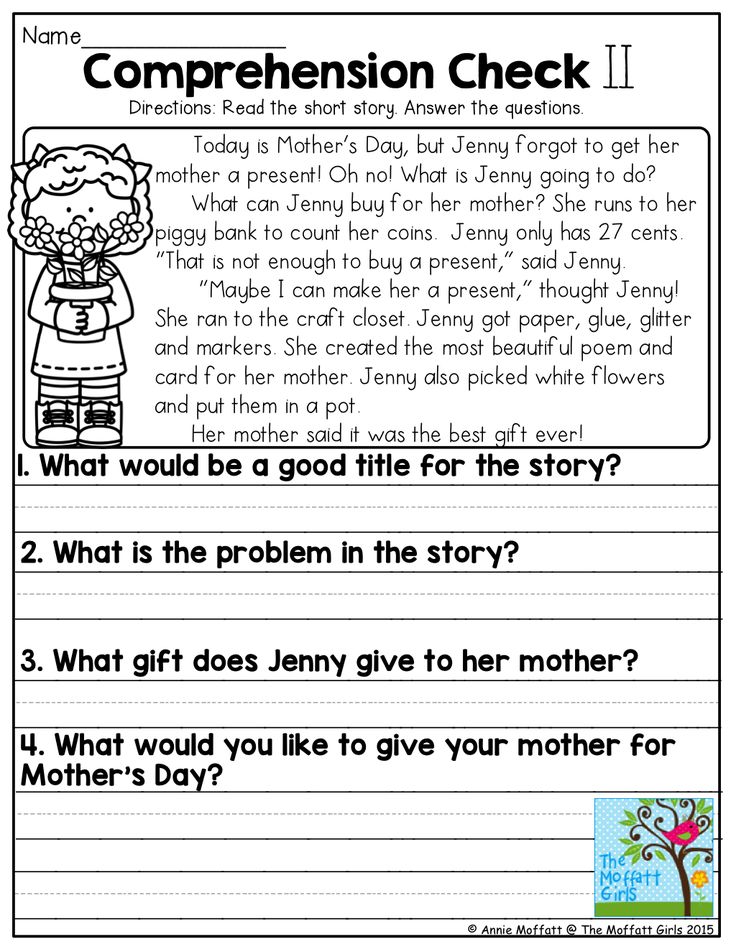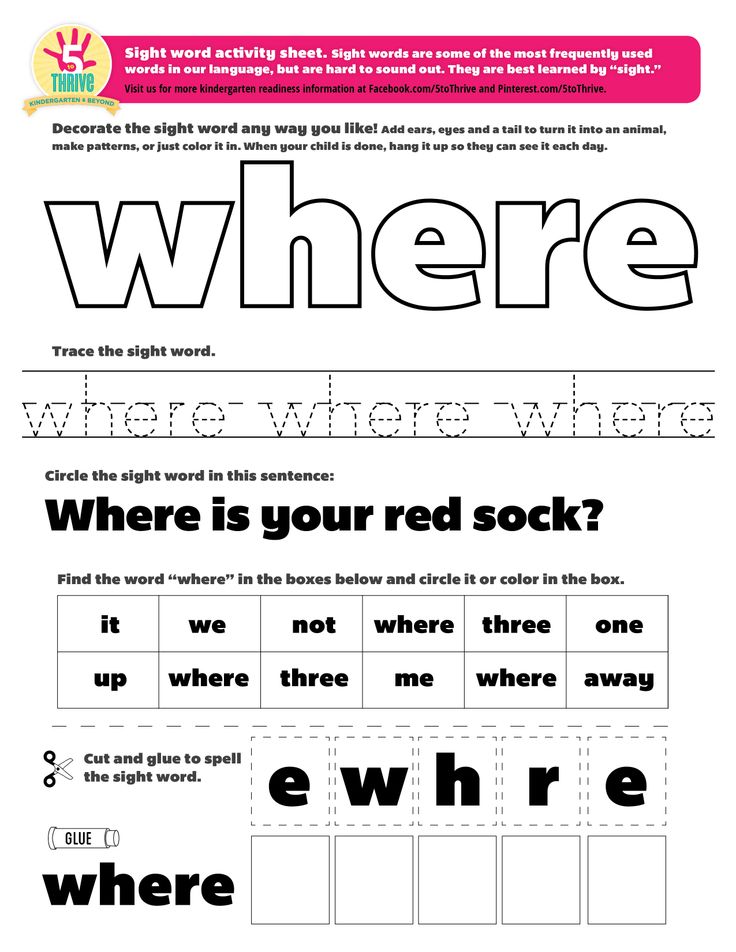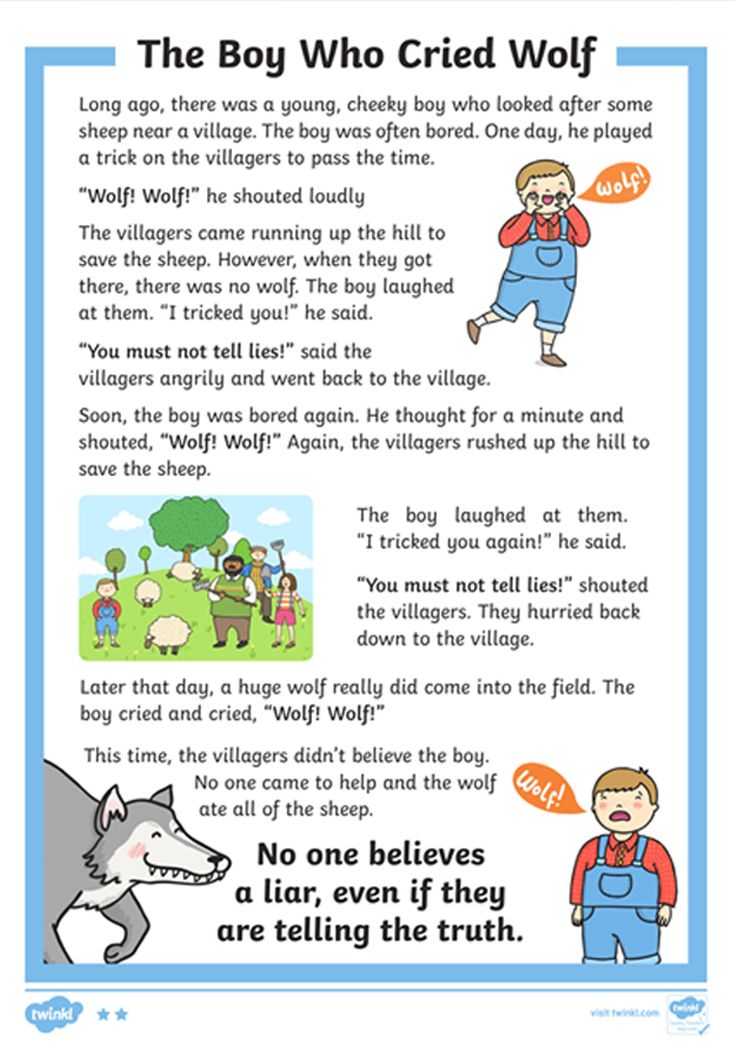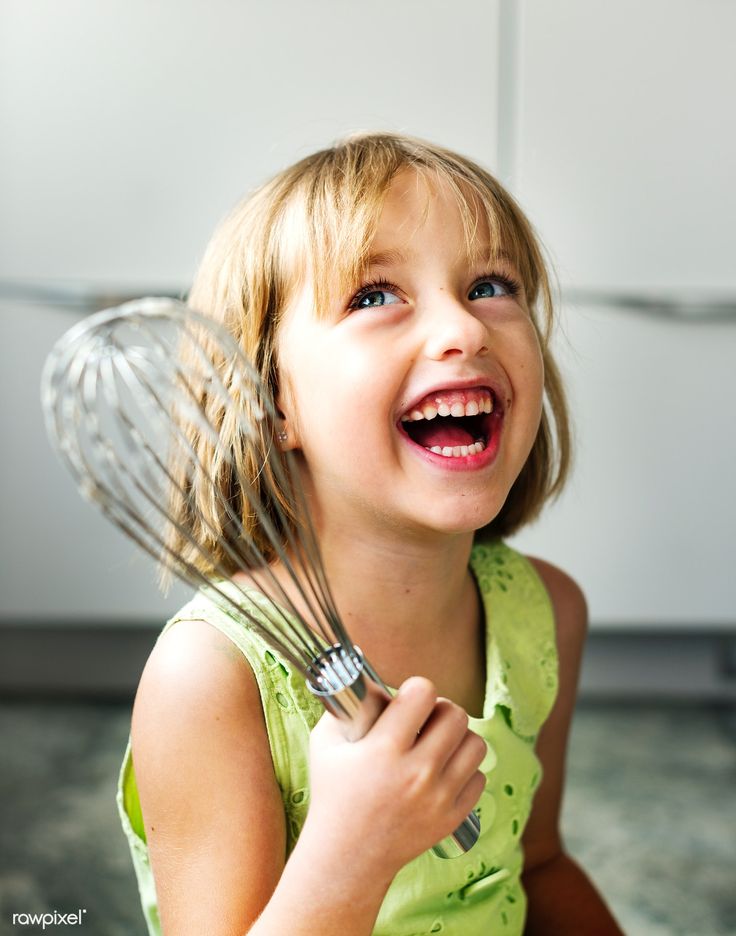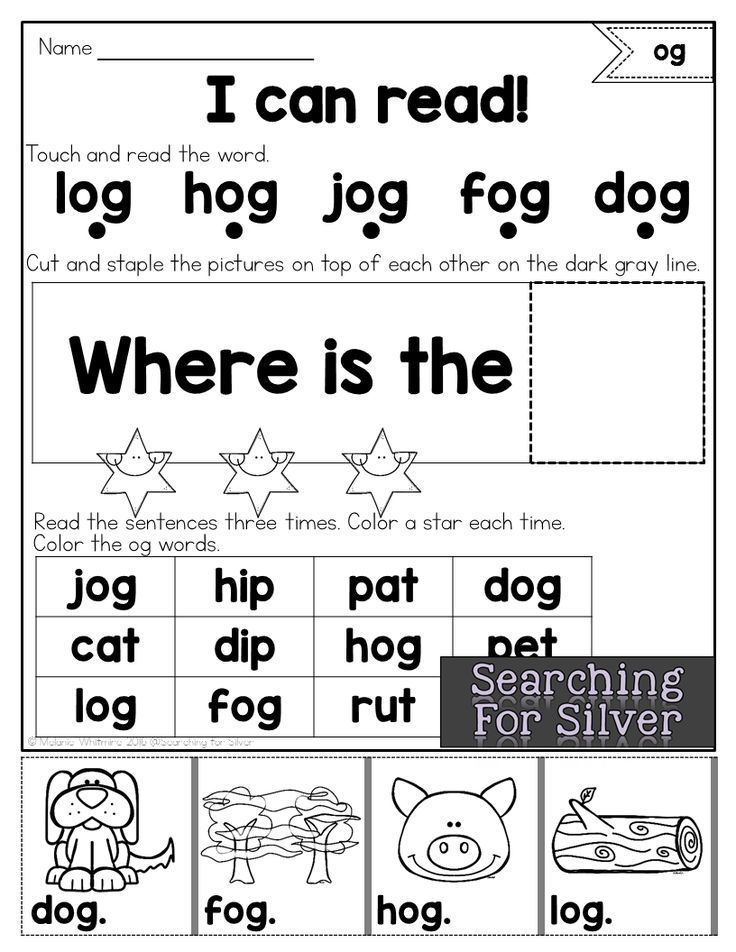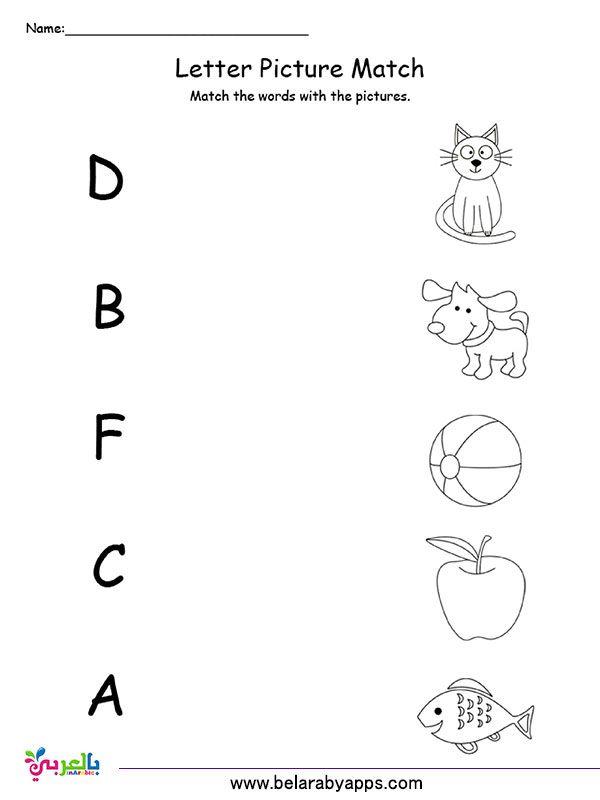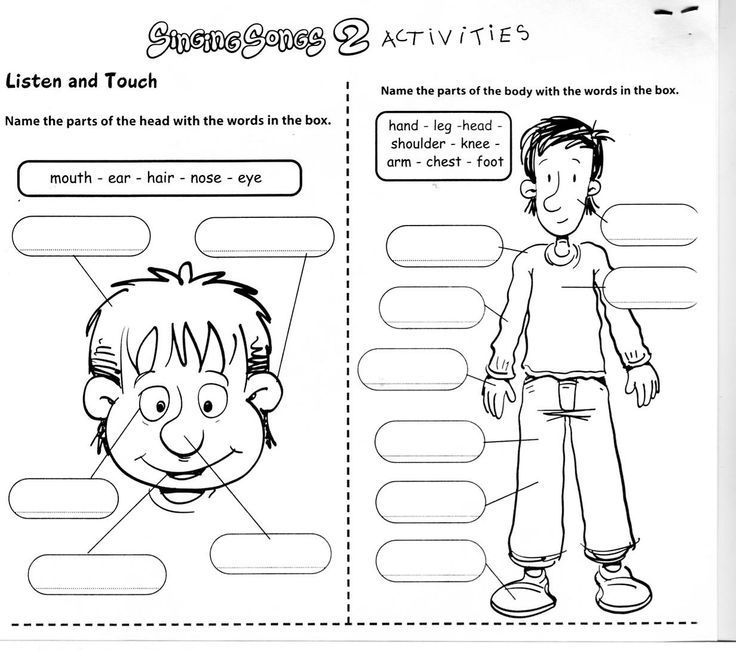How many letters should a preschooler know
How Many Letters and Letter Sounds Should Young Children Know, And By When?
No More Teaching A Letter A Week is the latest offering in the Not This But That series, edited by Ellin Keene and Nell Duke. In this new book, early literacy researcher Dr. William Teale argues that alphabet knowledge is more than letter recognition, and he identifies research-based principles of effective alphabet instruction. Literacy coach Rebecca McKay brings those principles to life through purposeful practices that invite children to create an identity through print.
In today's post adapted from the book, William Teale introduces how children learn the alphabet, and how phonics standards differ across the country.
by William Teale
This question becomes important in light of the differing standards for alphabet knowledge that can be found for preschoolers:
- Alaska, Alabama, Arizona, South Dakota—at least 10 letters
- Indiana—13 uppercase letters
- The Head Start Outcomes Framework—“Identifies at least 10 letters of the alphabet, especially those in their own name”
- Early Reading First Performance Targets—16 to 19 letters.
You get the picture—standards for alphabet knowledge vary considerably. What does research say about what standards should be? There is as yet no comprehensive answer to this question, in part because the question itself is multifaceted: Is it how many to be considered not at risk? To be successful in reading at third grade? At first grade? And so forth… It is also the case that few studies have addressed this question directly. The best indicator we have to date comes from research conducted by Piasta, Petscher, and Justice (2012). They investigated the diagnostic efficiency of various upper- and lowercase letter-naming standards for 371 preschoolers, and one particular question in the study attempted to identify “optimal benchmarks.” Findings indicated that an end-of-preschool/beginning of kindergarten benchmark of ten letters was adequate to determine negative predictive power (the vast majority of children reaching this benchmark would not be at risk for low literacy achievement in grade 1), but also that optimal benchmarks were eighteen uppercase letters and fifteen lowercase letters when considering the three later grade literacy outcomes of letter–word identification, spelling, and passage comprehension.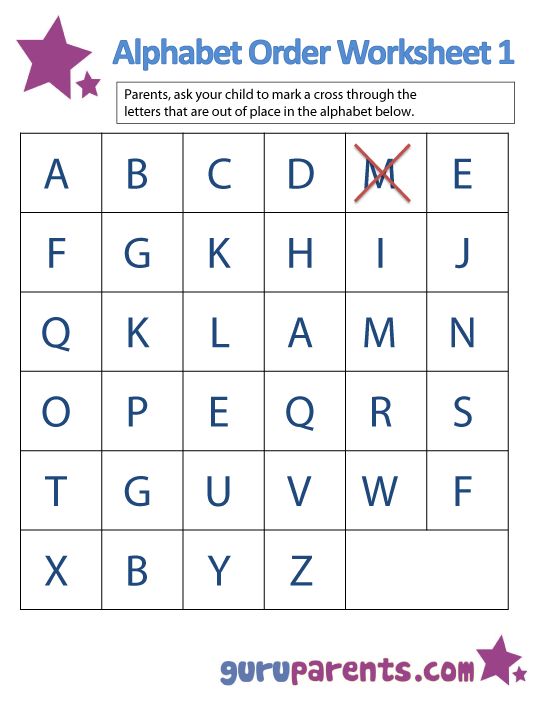 Thus, Piasta, Petscher, and Justice (2012) advocate setting higher end-of-preschool benchmarks than those typically appearing in state early learning standards or Head Start standards.
Thus, Piasta, Petscher, and Justice (2012) advocate setting higher end-of-preschool benchmarks than those typically appearing in state early learning standards or Head Start standards.
Overall conclusions based on research about how young children learn the alphabet are outlined in the figure below.
♦ ♦ ♦ ♦
William Teale is Professor, University Scholar, and Director of the Center for Literacy at the University of Illinois at Chicago. His work was central to bringing forth the concept of emergent literacy, and he has published widely in the field for the past 35 years.
Former Teacher of the Year in Alabama, Rebecca McKay is a literacy coach, a Teacher Consultant for the National Writing Project, a former trainer of trainers for the Alabama Reading Initiative, and a national presenter on a variety of literacy topics.
Topics: Early Childhood Education, No More Teaching A Letter A Week, Not This But That, Phonics Word Study, William Teale, Comprehension, Language Arts, Rebecca McKay, Spelling
Popular Posts
Tweets by Heinemann Publishing
Maximize Your Preschooler's Alphabet Recognition with These Expert Tips
Letter recognition is a crucial skill for toddlers and preschoolers to learn, and it serves as the foundation of reading and writing.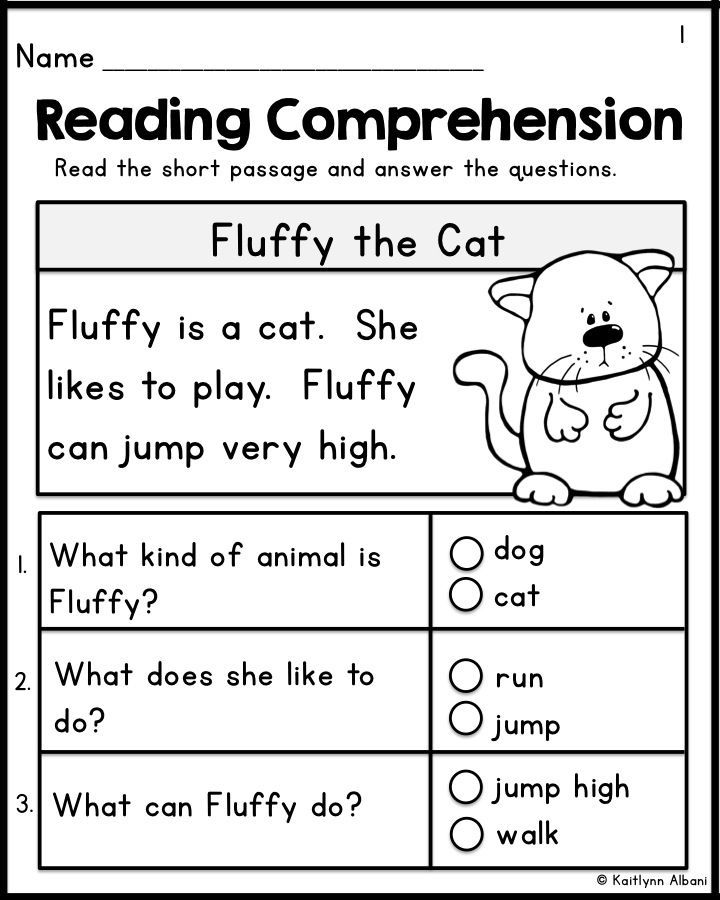 This post explores the typical developmental curve for alphabet recognition and provides fun, age-appropriate, low-cost ways for your child to master this skill.
This post explores the typical developmental curve for alphabet recognition and provides fun, age-appropriate, low-cost ways for your child to master this skill.
What is Letter Recognition?
Letter recognition is generally accepted as the ability to identify letters, both uppercase and lowercase. Being able to name a specific letter when surrounded by other letters is also an accepted definition. In this article, we share expert tips on how toddlers and preschoolers can learn to recognize the alphabet.
Toddler Letter Recognition
If your child is 2 to 3 years old, he or she may sing the alphabet song — but can’t yet identify letters. About 20 percent of children can recognize a few letters by age 3, often the letter that starts his or her own first name as well as other letters contained within the name. You may also notice that some of your child’s scribbles are starting to look like letters, especially the first letter of his or her name.
To help your child gain competency, encourage the singing of the alphabet song and look through books together that share information about letters.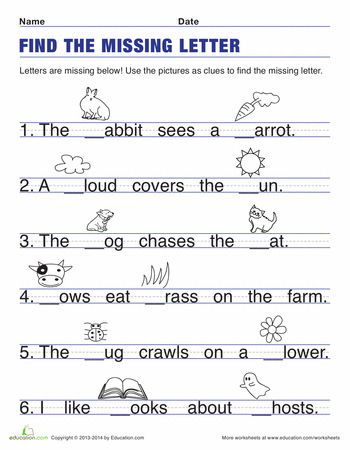 Consider providing your child with magnetic letters and other play materials that encourage learning of the alphabet. PBS.org provides more information about child development in this arena, while Teaching2and3YearOlds.com provides suggestions for fun ways to encourage toddlers to learn the alphabet.
Consider providing your child with magnetic letters and other play materials that encourage learning of the alphabet. PBS.org provides more information about child development in this arena, while Teaching2and3YearOlds.com provides suggestions for fun ways to encourage toddlers to learn the alphabet.
Preschoolers Letter Recognition Tips
By the time children are older (4 years old and up), 60 percent know more than half of the uppercase letters and five to 10 lowercase ones. About 30 percent can recognize all letters, both upper and lower. Preschoolers often notice letters in their environment and understand that letters are related to sounds, which is an insight known as the “alphabetic principle.” They also recognize that numbers and letters are distinctively different in purpose, while letters that are similar in shape (p/q and b/d) are still often confusing. You can find more developmental information at PBS.org.
HandsOnAsWeGrow.com provides 50 alphabet activities for your preschooler to enjoy, including Squirt the Letter.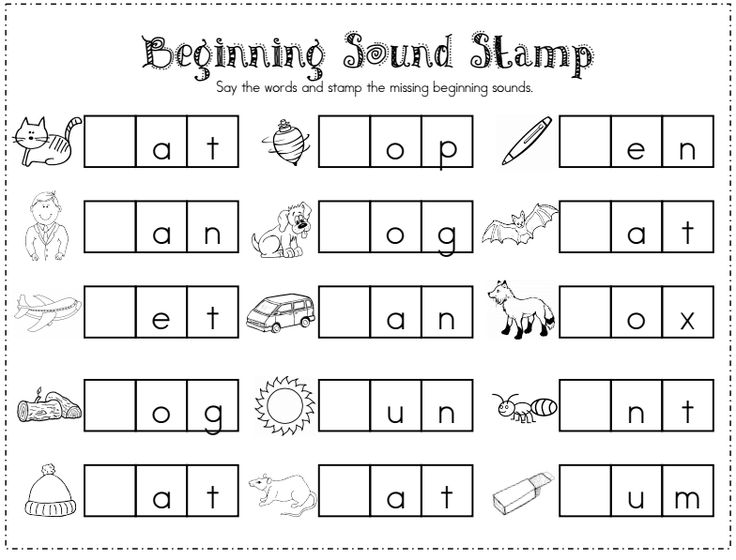 In this game, parents write random letters on the chalkboard. Also, have on hand alphabet blocks and ask your child to match what he or she sees on the chalkboard with what appears on a block. When your child makes a good match, then he or she can squirt the chalkboard with water in a spray bottle to make the letter disappear.
In this game, parents write random letters on the chalkboard. Also, have on hand alphabet blocks and ask your child to match what he or she sees on the chalkboard with what appears on a block. When your child makes a good match, then he or she can squirt the chalkboard with water in a spray bottle to make the letter disappear.
Another recommended game is Trash Can Alphabet Review. You simply take scraps of paper and write a letter on each one, using a marker (or you could use crayons or whatever else you have on hand). Point to a letter and ask your child to identify it; when the correct answer is given, your youngster can crumple up the paper and toss it into the waste can. Once the game is over, you can smooth out the scraps and play again when desired. You can also check out the other 48 suggestions given in the article.
Alphabet Recognition Worksheets
One of the great things about the internet is finding free activities for your children. One of the things you can do is search for free, downloadable alphabet recognition worksheets.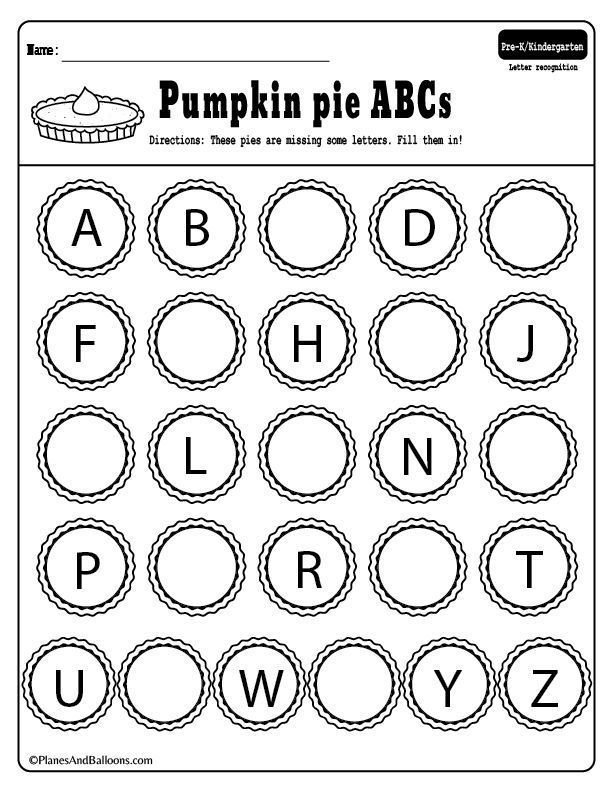 They're made up of different games, or sometimes coloring sheets that will help your child learn the alphabet. Megaworkbook has a lot of great suggestions to pick from.
They're made up of different games, or sometimes coloring sheets that will help your child learn the alphabet. Megaworkbook has a lot of great suggestions to pick from.
Easy Outdoor Activities for Alphabet Recognition
When the weather is nice, it’s only natural to want your children to play outside. On those days, here is a simple game from ICanTeachMyChild.com that can help to teach your pre-K children the alphabet. Take sidewalk chalk and create a pathway of letters on your sidewalk or driveway. Let your child ride his or her bike over this path, singing the alphabet song as he or she rides over each letter. Do the same thing as your child walks along the path (skips, jumps, or whatever else works).
And, here’s a game you can play outdoors (or move indoors). Take masking tape and create letters. Then, let your child actively play with the letters. This writer’s child loves to take toy cars and use the masking tape as letter-shaped roads — and you can casually work the name of the letter into the conversation as your child is playing on it.
What a 5-6 year old child should know and be able to do. Checklist for Parents
Preschoolers are transitioning from an early age into a new world of exploration and formal learning. Many of them have started school or will just enter preschool and will complete this period of development by entering school.
In one of the articles we have already written about what a child of 3-4 years old should know and be able to do.
Preschoolers are even more open to learning numbers, letters, reading and simple math. This is also the optimal period for studying music. They improve gross and fine motor skills, which encourages them to be interested in arts, crafts and all kinds of riding toys (vans, scooters, bicycles, etc.). They also develop athletic skills, leading to participation in a variety of sports towards the end of this developmental period.
The most important way of learning during this period is play. Games of all kinds arouse curiosity and promote the development of language, socialization and creativity.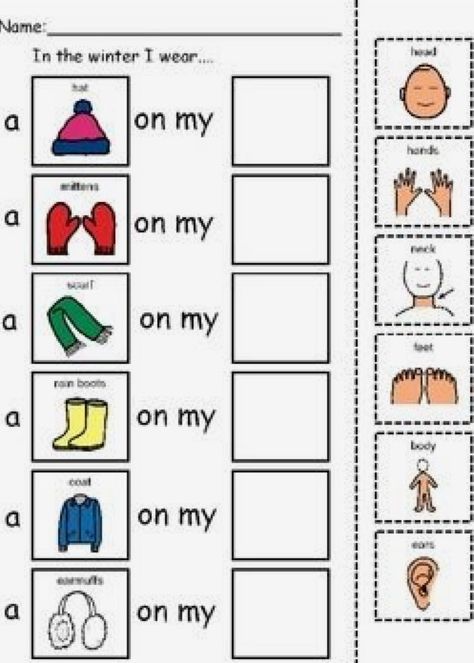 Interest in the study of the environment contributes to an early interest in science. They also enjoy building things around the house, as well as building sets like Lego, Kinex, blocks, and more.
Interest in the study of the environment contributes to an early interest in science. They also enjoy building things around the house, as well as building sets like Lego, Kinex, blocks, and more.
So, let's consider what a child of 5-6 years old should know and be able to do, depending on the area of development.
Speech development
- At this age, children talk a lot, sometimes even when no one is in the room.
- The child answers questions with sufficiently precise short or detailed answers.
- The ability to evaluate the statements and answers of comrades, to supplement, correct errors is developing.
- In the sixth year of life, the child can quite consistently and clearly compose descriptive and plot stories on the proposed topics.
- A child correctly pronounces all sounds, closer to six years old is able to distinguish the first sound from a word, is capable of sound analysis of words.
- In simple sentences, he correctly agrees parts of speech by gender, tense and cases, but in complex sentences he can still make similar mistakes.
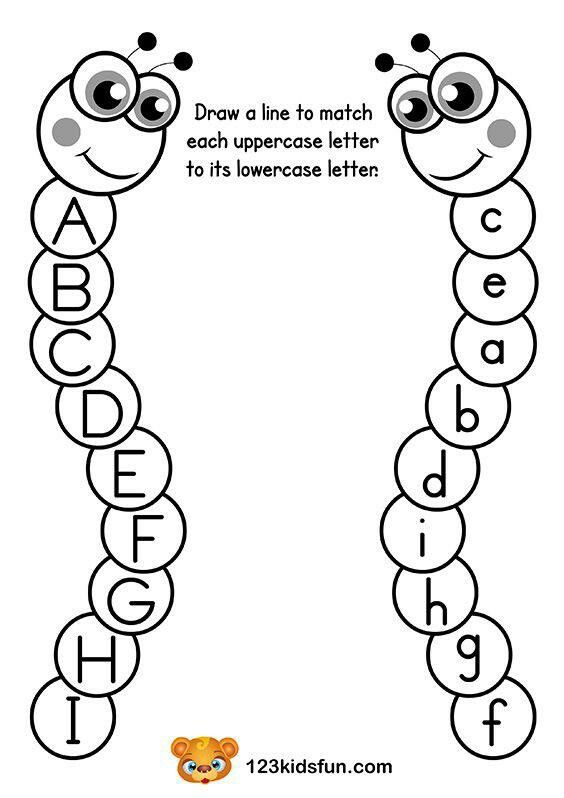
- In general, the vocabulary is significantly enriched. The child is able to generalize some groups of objects that are often found in everyday life.
- The child knows more antonyms and synonyms.
- A sense of humor begins to form, understands jokes, anecdotes, and invents his own.
Physical or motor development
The first few years of a child's life are critical to their physical development. This is the time when his body constitution develops most actively. Pay attention to the following milestones in your 5-year-old's physical development:
- Five-year-olds are more coordinated and love to demonstrate new physical skills, often accompanied by words like, "Look at me!"
- The child's ability to run, jump or jump over becomes better because his balance improves by this age.
- The child's fine motor skills are better developed, he can unbutton his shirt and tie his shoelaces.
- A child can learn to ride a bicycle, jump rope, balance on one leg for a short period of time, walk up stairs without holding a hand, jump and catch a big ball.
 Many six year olds will also be interested in team sports such as football, hockey, etc.
Many six year olds will also be interested in team sports such as football, hockey, etc.
Social and emotional development
Social and emotional development can help a child make new friends. This helps him understand his feelings and the feelings of others. He will be able to sympathize or, for example, share his problems with friends. This makes his personality complete.
At this age, the child is able to express his feelings, although he may need help and time to identify and discuss difficult emotions, such as disappointment or jealousy. The baby is often much more in control of his feelings and unexpected outbursts of anger and sadness are much less common.
The child's growing understanding of the world around him may cause some fears. For example, some children may fear the supernatural (such as ghosts), criticism, trials, failure, physical harm, or threats.
We also list the characteristic features of the development of a child at the age of 5-6 years:
- By the age of 6, children become more and more independent from their parents.
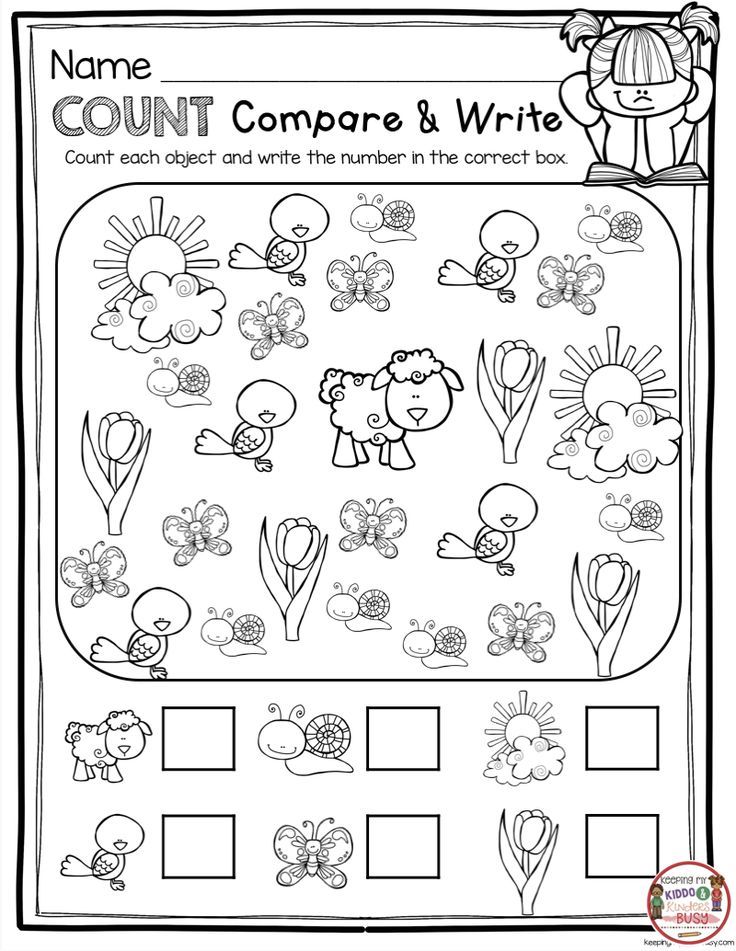 They will try to show how "adult" they are.
They will try to show how "adult" they are. - Peer acceptance becomes more important than before. Children learn to collaborate and share.
- Boys will play with boys and girls with girls.
- Parents should allow children to choose their own sports and toys. Make a wide range of examples available.
- As their language skills develop, children become better and better at describing what happened, how they feel and what they think.
- At this age, some lies and deceit are to be expected. Children find out where the boundaries are, which, however, is quite acceptable.
- A child distinguishes reality from fantasy.
Cognitive development
Cognitive development means the development of thinking, reasoning and problem-solving skills. Cognitive development ensures that the child grows both mentally and emotionally. Child aged 5-6:
- Child can participate in imaginative play (for example, planning a trip to the moon)
- He can understand the concept of rules and even follow them, distinguish between "right" and "wrong".
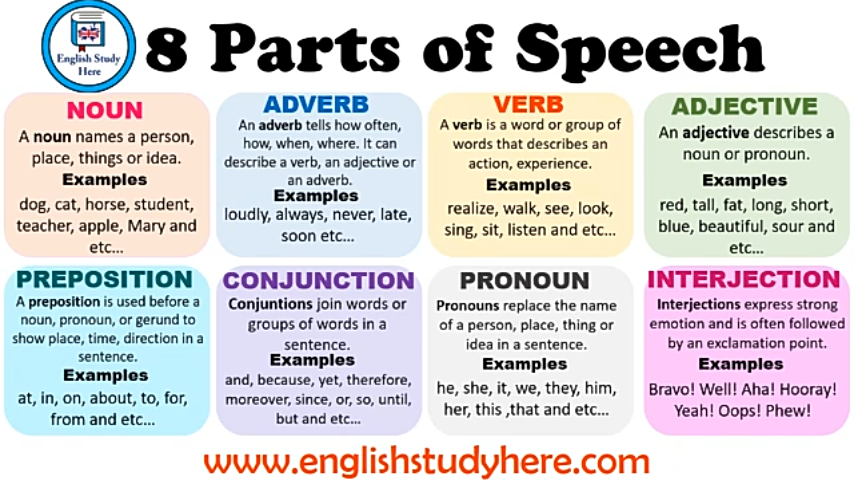
- Knows the alphabet and begins to read syllables.
- Can write letters and numbers.
- Counts up to 10, familiar with numbers up to 100.
- Knows the concepts of "equality", "subtraction", "addition".
- Can remember your phone number and home address.
Helping your child develop at age 5-6
Here are a few simple things you can do to help your child develop at this age:
- Encourage movement: play sports and activities together. It teaches social skills such as taking turns, cooperation, negotiation, fair play and good sports.
- Involve your child in simple household chores: setting the table or helping you clean your clothes develops movement and thinking skills, and teaches cooperation and responsibility. These skills are very important for the school.
- Set aside time for free play: Even if your child has already started school and other structured activities, play is still very important at this age.
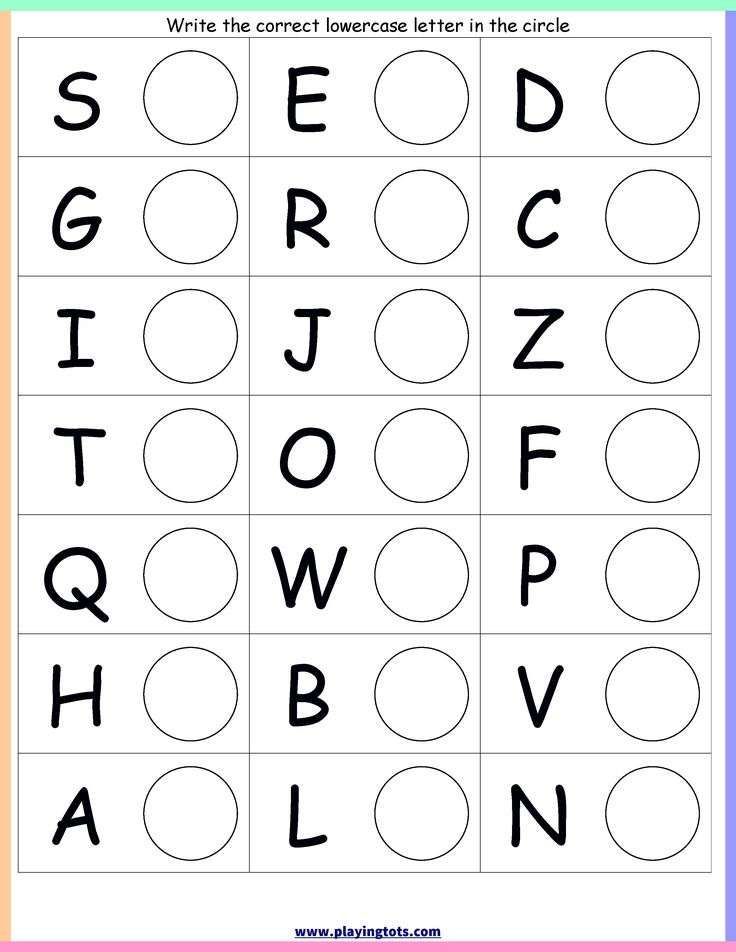 Let your child choose how to spend this "free" play time.
Let your child choose how to spend this "free" play time. - Play with your child every day, even if it only takes 10 minutes. Playing together gives you the opportunity to enter your child's world and learn about his thoughts and feelings. It also shows your child that you care about him and want to spend time together.
- Practice behavior in the classroom: for example, you can give your child small tasks that require attention, or follow simple rules or instructions. Talk about your child's favorite animal or sport and encourage them to listen, respond, and ask questions. All this helps to prepare for school.
- Get Together: Spending time with other children, especially if they go to the same school, helps develop social skills and helps your child get used to being apart from you.
- Talk about feelings: You can help your child understand why he feels something and help him put those feelings into words. This will help him form friendships and show empathy.
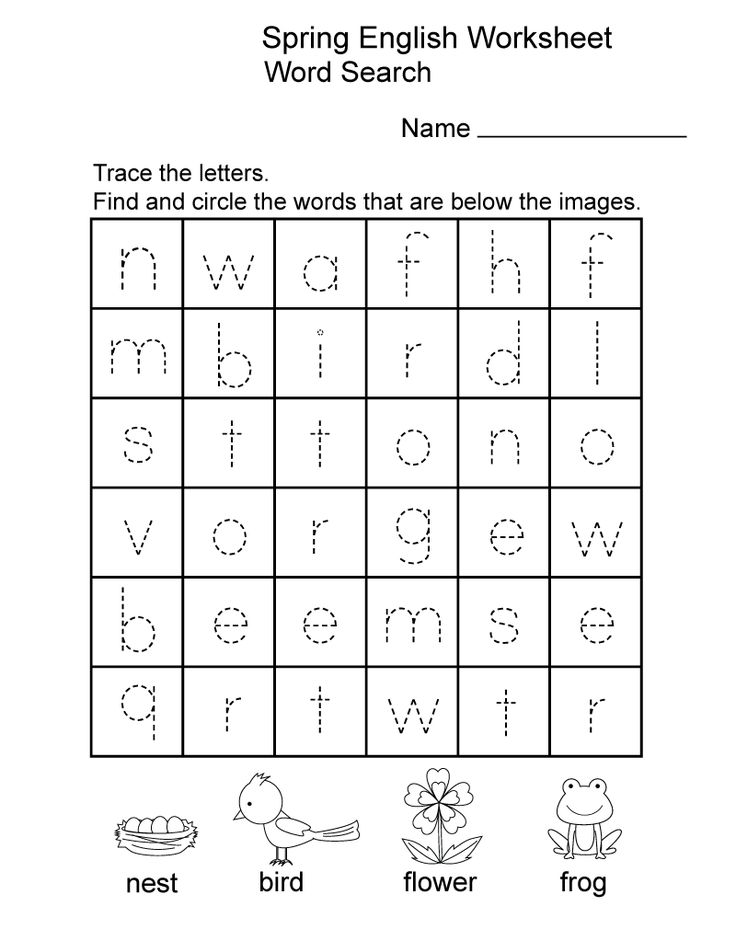
- Talk to your child about how to treat both boys and girls with equal respect.
What else is important in raising a child of school age
As a parent, you are always learning. It's okay to feel confident in your knowledge. And it's also okay to admit that you don't know something and ask questions or get help.
It is important to note that when you focus on caring for your child, you may forget or miss taking care of yourself. But taking care of yourself physically, mentally, and emotionally will help your child grow and develop.
You may sometimes feel frustrated, upset, or depressed. And it's okay to take a break until you feel better.
Children aged 4 to 5
Children from 4 to 5 years old
Development of Children from 4 to 5 years old. You are in the section "Children from 4 to 5 years old".
In this section, we will help you find out and determine the level of development of your child, namely, what your child should know and be able to do at the age of 4 to 5 years.
What a 4 year old should know and be able to do.
This article is for your reference and gives approximate norms for the degree of formation of your child's mental processes at this age. You can check his potential in different areas of knowledge, find out in which areas of knowledge your child succeeds, and in which additional attention and time are required.
In this section "Children from 4 to 5 years old" we have collected all the material published on our website, which will help you and your child to study, prepare for the next, more in-depth stage of classes.
Materials for your classes you can use at home, in kindergarten or in elementary grades.
Mathematics
A child aged 4 to 5 should be able to:
1. The child should be able to determine the location of objects: on the right, on the left, in the middle, above, below, behind, in front.
2. The child must know the basic geometric shapes (circle, oval, square, triangle and rectangle)
3.The child must know all the numbers (0, 1, 2, 3, 4, 5, 6, 7, 8, 9). Count items within ten, correlate the number of items with the desired number.
4. The child must be able to arrange the numbers from 1 to 5 in the correct sequence and in reverse order.
5. The child must be able to compare the number of objects, understand the meaning: more - less, equally. Make Unequal Item Groups Equal: Add one item to a group with fewer items.
6. The child gets acquainted with the graphic image of the number, learns to write numbers correctly.
Study aids:
1. Cards Teaching the child to count
2. Connect the numbers and color the picture
3. The game is learning geometric shapes
4. Introducing the child to Geometric shapes
5. Cards with numbers from 0 to 10 10 6 . Cards "which number is superfluous"
7. Game for learning Geometric shapes
8. Copy Numbers
9. Write numbers
10. Cards with numbers-coloring
11.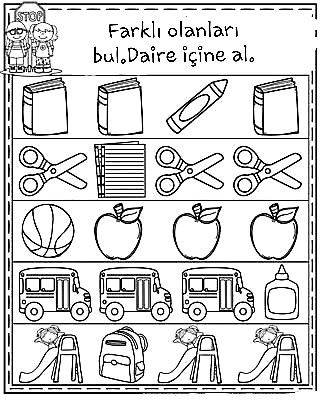 Puzzles-triple geometric shapes
Puzzles-triple geometric shapes
12. Puzzles-triple numbers and Counting
13. Geometric shapes. Developing memory
14. Geometric shapes. Develop Fine Motor Skills
15. Learn Geometric Shapes
16. Math Worksheet
17. Learn to Count. Developing memory with geometric shapes
22. Correlate the number with the number
23. Entertaining tasks in mathematics
24. Orientation in space. Before and After
25. Cards with Numbers
26. Puzzle Counting from 1 to 10
27. Math with Dice
28. Didactic Math Games
29. Puzzle Counting from 1 to 10
30. Math for Kids with Dice
Logical thinking
- Development of Thinking, Memory, Attention
A child aged 4 to 5 years should be able to:
1. The child should be able to find differences and similarities between two pictures (or between two toys).
2. The child must be able to fold according to the model of the building from the designer.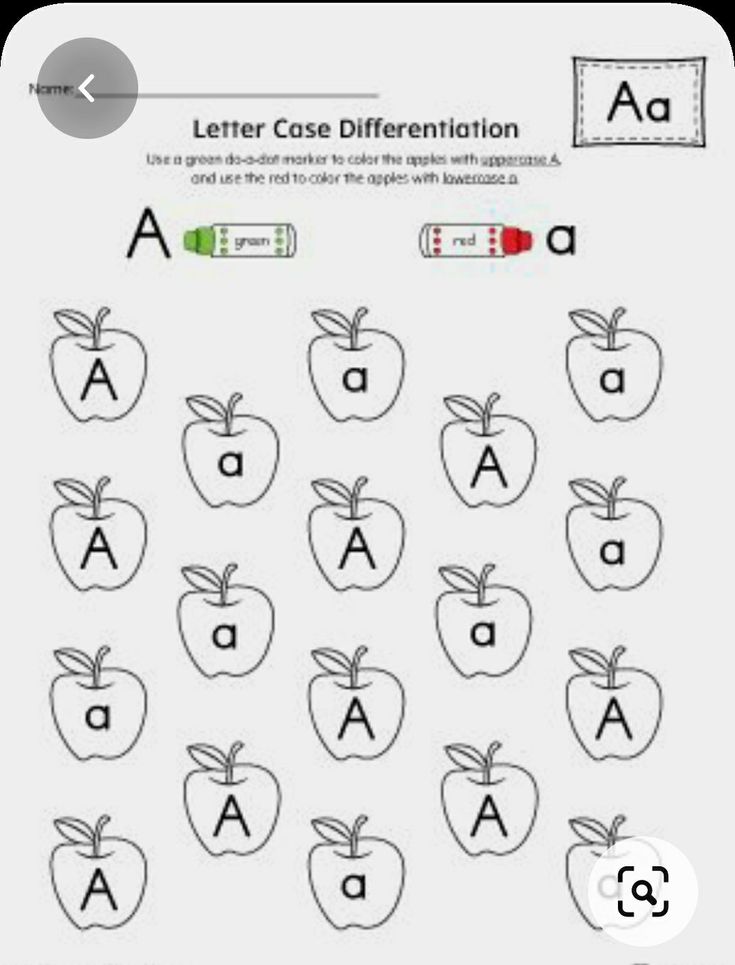
3. The child should be able to put together a cut picture from 2-4 parts.
4. The child must be able to complete the task within 5 minutes without being distracted.
5. The child must be able to fold the pyramid (cups, putting them into each other) without assistance.
6. The child must be able to insert the missing fragments of pictures into the holes.
7. The child must be able to name a group of objects with a generalizing word (cow, horse, goat - domestic animals; winter, summer, spring - seasons). Find the extra item in each group. Find a match for each item.
8. The child should be able to answer questions such as: Is it possible to go sledding in summer? Why? Why wear warm jackets in winter? What are windows and doors for in a house? Etc.
9. The child should be able to choose opposite words: a full glass - an empty glass, a high tree - a low tree, go slowly - go quickly, a narrow belt - a wide belt, a hungry child - a child full, cold tea - hot tea, etc.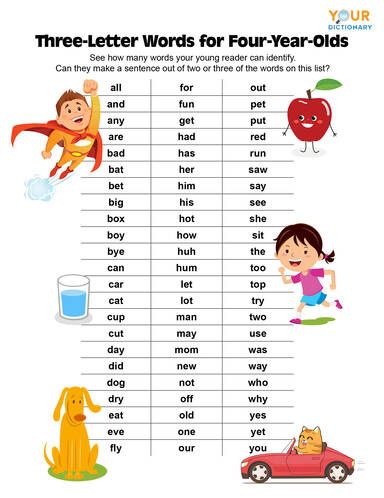
10. A child should be able to memorize pairs of words after being read by an adult: glass-water, girl-boy, dog-cat, etc.
11. The child should be able to see incorrectly depicted objects in the picture, explain what is wrong and why.
Study aids:
1. Cards from the series find the extra object
2. Cards from the series find the extra object. Part 2
3. Cards from the series find a pair
4. Find a shadow in the picture
5. Develop logical thinking
6. Big-small cards
7. Puzzles
8. Krasnoukhov's puzzle
9. Logic coloring
10. Development of Attention
11. Development of Thinking
12. Development of Memory
13. Development of Memory. Part 2 4014 9014 15. Add the missing object
16. Game in opposites (Antonyms)
17. Entertaining activities with the child
18. Orientation in space. Right and Left
19. Game - "What is What?"
20. Game Catch a fish
21. Association Game: Find a Pair
Association Game: Find a Pair
22. Game to Develop Memory and Attention
23. Coloring Book for Children about Horses
24. Guess Whose Shadow
Development of Speech
Child aged 4 to 5 years must be able to:
1. The child must use a thousand words, build phrases from 6-8 words. Even strangers, and not just parents, should understand the child.
2. The child must understand how the structure of a person differs from the structure of animals, name their parts of the body (hands - paws, nails - claws, hair - wool).
3. The child must be able to correctly put nouns in the plural form (flower - flowers, girl - girls).
4. The child must be able to find an object according to the description (apple - round, sweet, yellow). Be able to independently write a description of the subject.
5. The child must understand the meaning of prepositions (in, on, under, behind, between, in front of, about, etc.).
6.The child must know what professions there are, what people in these professions do.
7. The child must be able to maintain a conversation: be able to answer questions and ask them correctly.
8. The child should be able to retell the content of the heard fairy tale, story. Tell by heart a few poems, nursery rhymes.
9. The child must give his name, surname, how old he is, name the city in which he lives.
10. The child should be able to answer questions about recent events: Where were you today? Who did you meet along the way? What did mom buy at the store? What were you wearing?
Study aids:
1. Letters of the Alphabet Puzzle
2. Studying the letter A. What the letter A looks like.
3. Learning vowels
4. Alphabet in the form of cards
5. How to teach a child to read by syllables
6. Learning to Read. Part 1
7. Learning to Read. Part 2
8. Learning to Read. Part 3
9.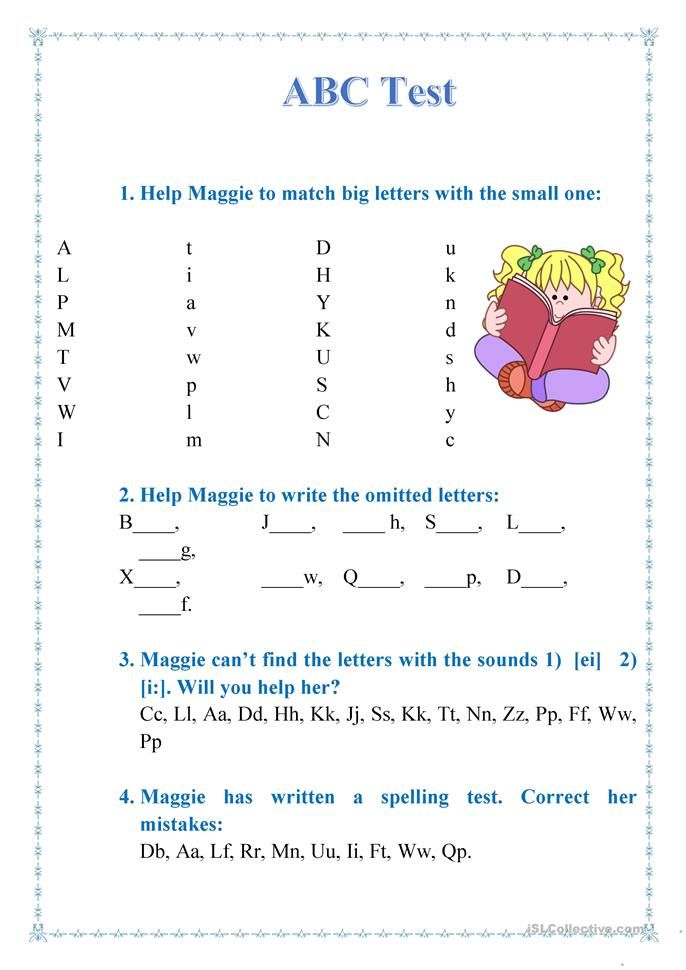 Colored Letters of the Alphabet
Colored Letters of the Alphabet
10. Unique Alphabet by Letters
11. Lotto learning Letters
12. Cards with Letters and a Picture
13. Pure sayings
14. Rhymes and Counts 101 16. Learning to read Slogs Collect the Word from the Picture and Letters
17. Cards - What Letter does the Word Begin with
18. Collect the Word from the Picture and Letters. Didactic Game
World around
A child aged 4 to 5 years should be able to:
1. The child should be able to distinguish between vegetables, fruits and berries, to know what they are when they ripen.
2. The child must know the names of insects, be able to talk about how they move (a butterfly flies, a snail crawls, a grasshopper jumps)
3. The child must know all domestic animals and their cubs.
4. The child should be able to guess the seasons from the pictures. Know the signs of each of them.
Practice Materials:
1.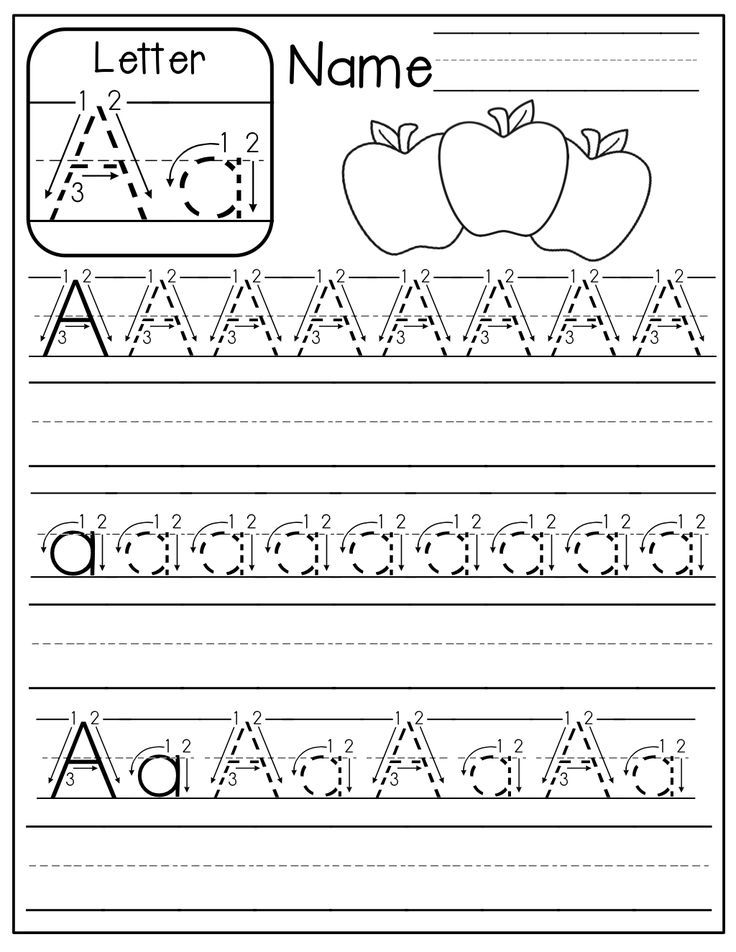 Body Parts Cards
Body Parts Cards
2. Transportation Cards
3. Fruit Cards
4. Vegetable Cards
5. Color Learning Cards
6. Furniture Cards
animals and what they eat"
8. "Clothes and Shoes" cards
9. Animals and Birds cards
10. Profession cards
11. Tree and Leaves structure
12. Season Autumn
13. Season Winter
14. Season Spring
15. Season Summer
16. Cards learning Colors
17. Winter month - December
18. Winter month - January
19. Winter month - February
20. Lessons on the theme of Winter
21. Fruits and berries. Learning and coloring
22. Vegetables. Learning and coloring
23. Fruits and Berries (coloring cards)
24. Vegetables (cards - coloring)
25. Spring month - March
26. Spring month - April
Household skills
A child aged 4 to 5 should be able to:
1. The child already perfectly fastens buttons, zippers and unties shoelaces, a spoon and a fork obey him well.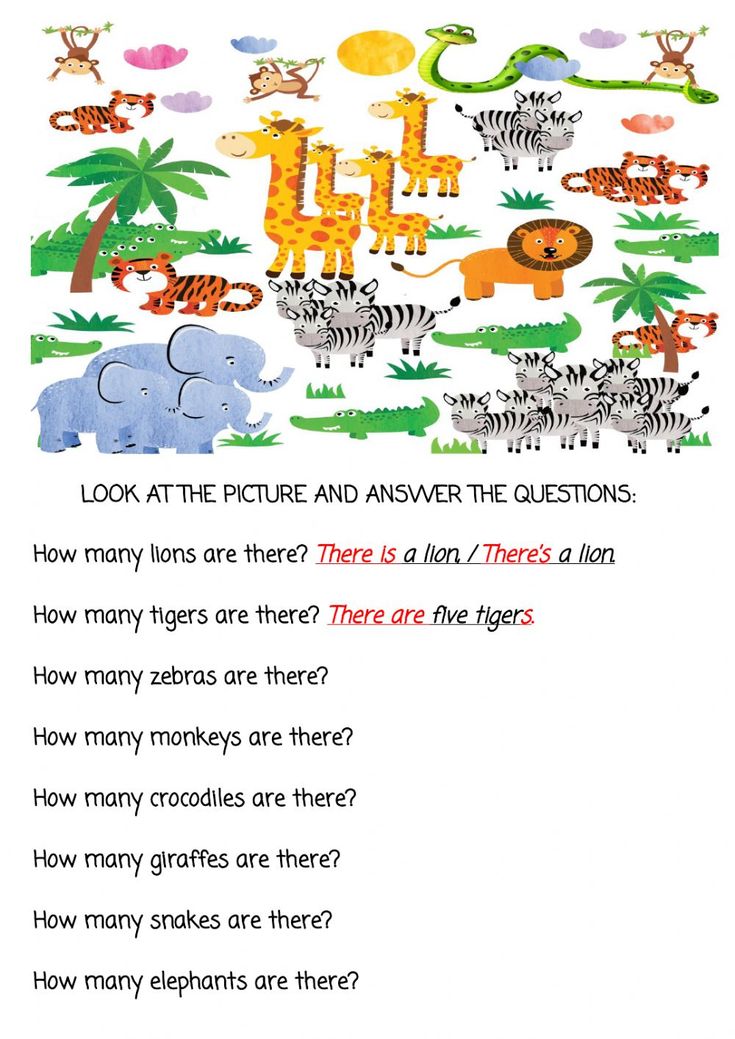
2. The child must be able to string large buttons or beads onto a thread.
3. The child must be able to accurately draw lines without lifting the pencil from the paper.
4. The child should be able to shade figures with even straight lines, without going beyond the contours of the picture.
5. The child should be able to trace and color pictures without leaving the edges.
6. The child must be able to draw lines in the middle of the track without going beyond its edges.
7. The child must distinguish between the right and left hand.
Practice aids:
1. Stencils for drawing
2. How to teach a child to tie shoelaces
3. Trace and color
4. Tic-tac-toe game in a new way
5. Signs and Properties of objects
Application 6. Flowers
7. Getting to know the concepts: Right, left, top, bottom
8. Learning the Clock
9. Book My Home
10. Parts of the Human Body
11. Recipe for Lefties
Recipe for Lefties
12. Game Catch a Fish
13. Bus for Little Ponies
14. Game - All Professions
15. My Home. Components of a house.
16. Plasticine and beads
17. Board Game Tell us about your city
18. Children's Rhymes
19. Colored Cardboard Caterpillar
20. Learning Colors with Ice Cream
21. DIY Button Applications
22. Christmas Tree Cones
23. Cheerful Chupa-Chups
24. Learning the Days of the Week
25. How to teach a child to jump rope
26. How to teach a child to clean his room
English
3 A child aged 4 to 5 can be introduced to English.
Use parent and teacher guides designed to teach English to children aged 4 to 5 in class.
Study aids:
1. English Letter Puzzle
2. Cards with letters of the English alphabet
3. Card numbers in English
4. Cards Fruits and Berries
5. Cards with English words. Part 1
Part 1
6. Cards with English words. Part 2
7. Furniture cards in English
8. Household appliances cards
9. Clothes cards
10. Vegetable cards in English
11. Months cards in English
12. Transportation cards in English
13. Large puzzles and Small letters of the English alphabet
Read also the article for Parents What you need to know about Child Development.
Find out what a child should know and be able to do by age. Take advantage of the training aids offered by our website.
Child development calendar up to 1 year (by months)
Child from 1 to 2 years
Child from 2 to 3 years
Child from 3 to 4 years
Child from 5 to 7 years
Our Partners - DELIVERY ALL OVER THE WORLD!
Main page
Subscribe to: Messages (Atom)
-
Hard and soft consonants
Use flashcards to teach your child to tell when consonants are soft and hard.
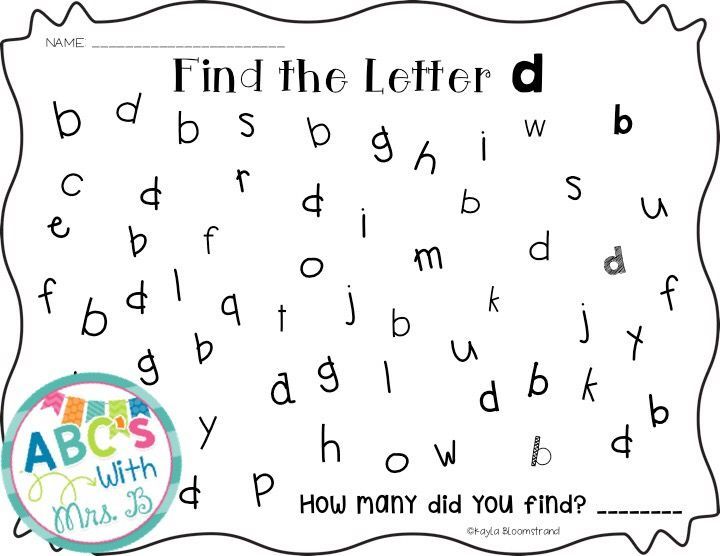 Blue - solid Green -
Blue - solid Green - -
Russian Alphabet Color Cards
Russian Alphabet Color Cards. Each card with a letter has a picture starting with that letter. With these cards you can ...
-
Profession Cards
Unique Profession Cards. Download Free educational cards with professions for your children. Acquaintance of children with professions ....
-
Syllables. Making words from syllables
Syllables. Making words from syllables. Download free flashcards with letters and syllables. There are 20 cards in total. Letters and syllables for children. Cut...
-
Match the numbers and Color the picture
Learning numbers and counting with your child? How to fix the passed material? Consolidation of the material covered can be turned into an interesting and r...
-
Color Flashcards with Letters of the Alphabet
Download Russian Alphabet Letters Educational Flashcards for free, to practice with your child or to practice in kindergarten or elementary.
